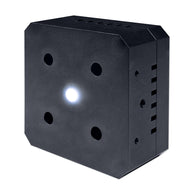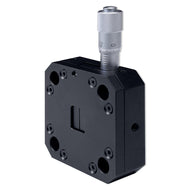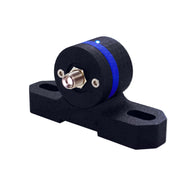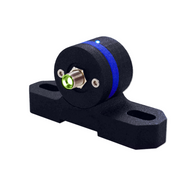Transmission, Absorption, Reflectivity, and Photoluminescence
For use in free space or fiber-coupled arrangements and compatible with optical tables
Specifications | Related Products | Resources and Support
The Ossila Four-Port Transmission Sample Holder can be used for optical transmission, absorption, reflectivity, and photoluminescence measurements. Use with SMA optical fibers or to a metric or imperial optical breadboard or table.
The transmission holder is fully compatible with the Ossila USB Spectrometer. For the best value, we recommend the complete USB Spectrometer Kit.
Specifications
| Body Material | Polyamide |
| Maximum Sample Thickness | 6.5 mm |
| Fiber Connection | SMA 905 |
Related Products
See all spectroscopy equipment
Resources and Support
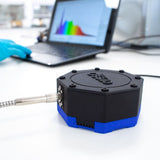 How to Choose a Spectrometer
How to Choose a Spectrometer
Some factors that you should consider when choosing an optical spectrometer are the range of wavelengths you need to measure, the size and weight of the instrument, and its data collection capabilities.
Read more... How Does a Spectrometer Work? Principles Explained
How Does a Spectrometer Work? Principles Explained
Optical spectrometers take light and separate it by wavelength to create a spectra which shows the relative intensity of each. This basic principle has a wide range of applications and uses.
Read more...




